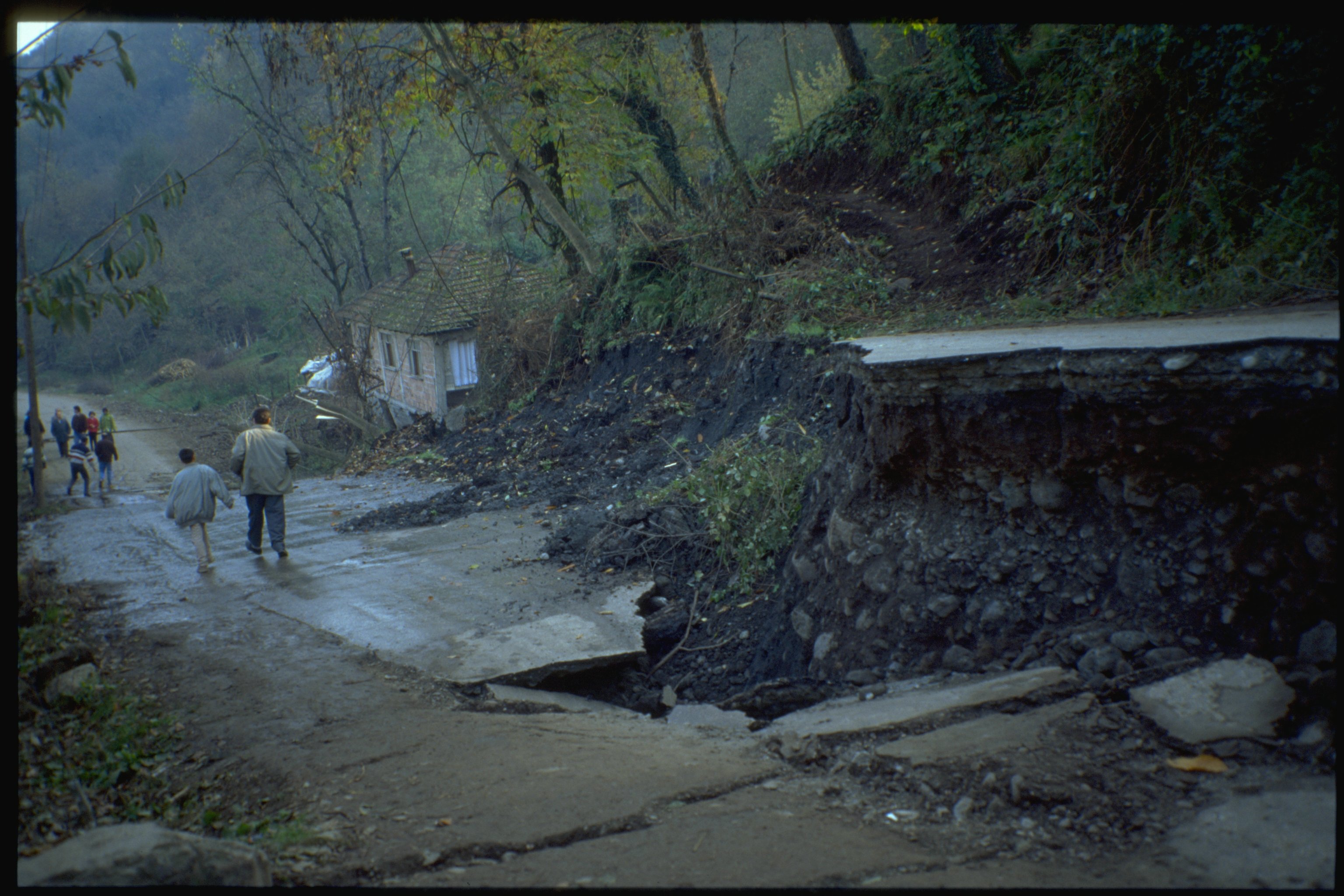All Categories
Featured
Table of Contents
Geophysics Definition & Meaning in Samson Aus 2021

The primary model for the radial structure of the interior of the Earth is the initial reference Earth model (PREM). Some parts of this model have been upgraded by recent findings in mineral physics (see post-perovskite) and supplemented by seismic tomography. The mantle is primarily composed of silicates, and the boundaries in between layers of the mantle follow stage transitions.

Schematic of Earth's magnetosphere. Flows from left to.
Inside the magnetosphere, there are fairly dense areas of solar wind particles called the Van Allen radiation belts. Geophysical measurements are usually at a particular time and location. Accurate measurements of position, together with earth contortion and gravity, are the province of geodesy. While geodesy and geophysics are different fields, the 2 are so carefully connected that lots of scientific companies such as the American Geophysical Union, the Canadian Geophysical Union and the International Union of Geodesy and Geophysics encompass both.
Geophysics in Leda Oz 2022
, integrates huge coordinates and the regional gravity vector to get geodetic coordinates. This approach just supplies the position in 2 coordinates and is more difficult to utilize than GPS.
Relative positions of two or more points can be determined utilizing very-long-baseline interferometry. Gravity measurements entered into geodesy due to the fact that they were needed to related measurements at the surface of the Earth to the referral coordinate system. Gravity measurements on land can be made utilizing gravimeters released either on the surface area or in helicopter flyovers.
Sea level can also be measured by satellites using radar altimetry, contributing to a more accurate geoid. In 2002, NASA released the Gravity Recovery and Climate Experiment (GRACE), where 2 twin satellites map variations in Earth's gravity field by making measurements of the distance in between the 2 satellites using GPS and a microwave varying system. , which are studied through geophysics and area physics.
Importance Of Geophysical Surveys — Methods And Uses in Murdoch Australia 2021

Because geophysics is interested in the shape of the Earth, and by extension the mapping of features around and in the planet, geophysical measurements consist of high accuracy GPS measurements. These measurements are processed to increase their accuracy through differential GPS processing. Once the geophysical measurements have actually been processed and inverted, the analyzed outcomes are plotted using GIS.
Lots of geophysics business have actually designed in-house geophysics programs that pre-date Arc, GIS and Geo, Soft in order to meet the visualization requirements of a geophysical dataset. Exploration geophysics is used geophysics that frequently utilizes remote picking up platforms such as; satellites, airplane, ships, boats, rovers, drones, borehole sensing devices, and seismic receivers.
For instance, aeromagnetic data (aircraft collected magnetic data) gathered using conventional fixed-wing airplane platforms need to be remedied for electromagnetic eddy currents that are created as the aircraft moves through Earth's electromagnetic field. There are likewise corrections connected to changes in determined possible field strength as the Earth rotates, as the Earth orbits the Sun, and as the moon orbits the Earth.
Geophysical Survey - Plaza Of The Columns Complex in Queens Park Aus 2023
Signal processing involves the correction of time-series data for unwanted sound or errors introduced by the measurement platform, such as aircraft vibrations in gravity data. It also includes the decrease of sources of sound, such as diurnal corrections in magnetic data. In seismic information, electromagnetic information, and gravity data, processing continues after error corrections to consist of computational geophysics which lead to the final analysis of the geophysical data into a geological interpretation of the geophysical measurements Geophysics became a separate discipline just in the 19th century, from the intersection of physical geography, geology, astronomy, meteorology, and physics.
The magnetic compass existed in China back as far as the 4th century BC. It was utilized as much for feng shui when it comes to navigation on land. It was not till excellent steel needles could be forged that compasses were used for navigation at sea; before that, they could not retain their magnetism enough time to be beneficial.
By looking at which of eight toads had the ball, one could determine the direction of the earthquake.'s (1600 ), a report of a series of careful experiments in magnetism.
What Is Geophysics? in Waikiki Western Australia 2023
Geochemistry, Geophysics, Geosystems. National Aeronautics and Space Administration. Retrieved 13 November 2018.
Leipzig. Berlin (Gebruder Borntraeger). Runcorn, S.K, (editor-in-chief), 1967, International dictionary of geophysics:. Pergamon, Oxford, 2 volumes, 1,728 pp., 730 fig Geophysics, 1970, Encyclopaedia Britannica, Vol. 10, p. 202-202 Ross 1995, pp. 236242 Shearer, Peter M. (2009 ). Intro to seismology (second ed.). Cambridge: Cambridge University Press. ISBN 9780521708425. Stphane, Sainson (2017 ).
Latest Posts
Where Can A Geophysicist Work Other Than The Oil Industry? in Ellenbrook Oz 2021
Geophysicist in Como Aus 2022
Geophysical Surveys Definition & Meaning In Stock ... in Karrinyup Aus 2022